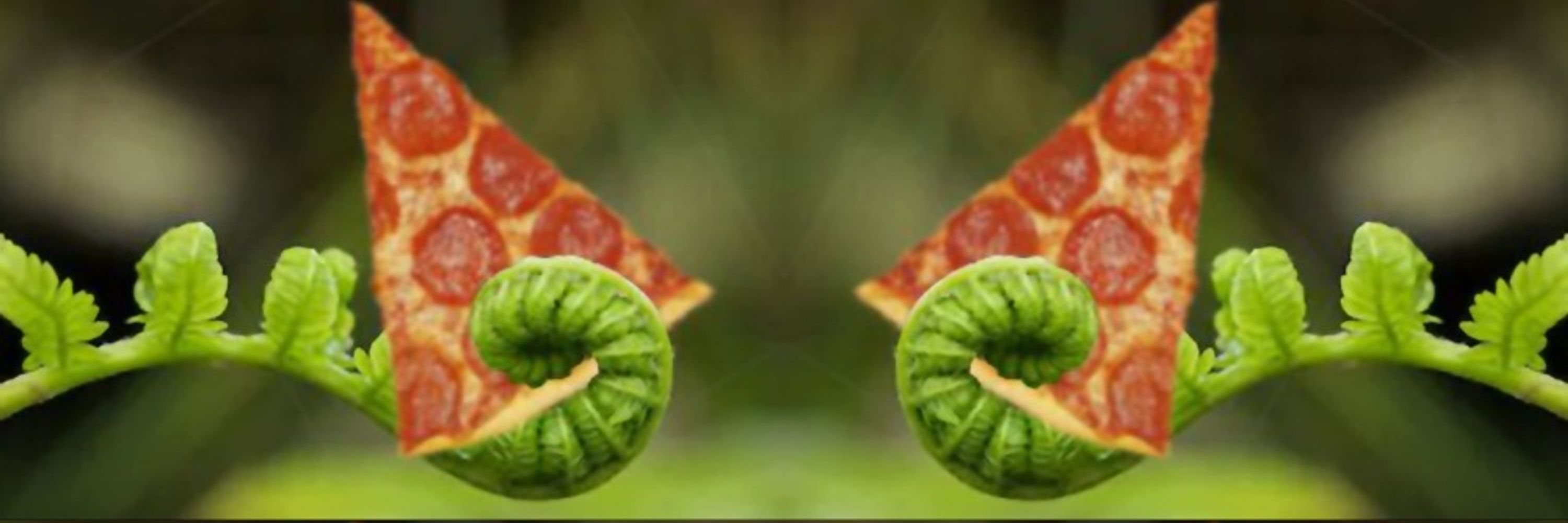Fernando Rossine
@fernpizza.bsky.social
230 followers
56 following
29 posts
Professionally playing with plasmids!
Postdoctoral Research Fellow @ Harvard Medical School
Posts
Media
Videos
Starter Packs
Fernando Rossine
@fernpizza.bsky.social
· Apr 24
Fernando Rossine
@fernpizza.bsky.social
· Apr 15
Fernando Rossine
@fernpizza.bsky.social
· Feb 24
Fernando Rossine
@fernpizza.bsky.social
· Feb 24
Fernando Rossine
@fernpizza.bsky.social
· Feb 24
Fernando Rossine
@fernpizza.bsky.social
· Feb 24
Fernando Rossine
@fernpizza.bsky.social
· Feb 21
Fernando Rossine
@fernpizza.bsky.social
· Feb 21
Fernando Rossine
@fernpizza.bsky.social
· Feb 21
Fernando Rossine
@fernpizza.bsky.social
· Feb 21
Fernando Rossine
@fernpizza.bsky.social
· Feb 21
Fernando Rossine
@fernpizza.bsky.social
· Feb 21
Fernando Rossine
@fernpizza.bsky.social
· Feb 21









